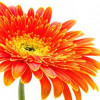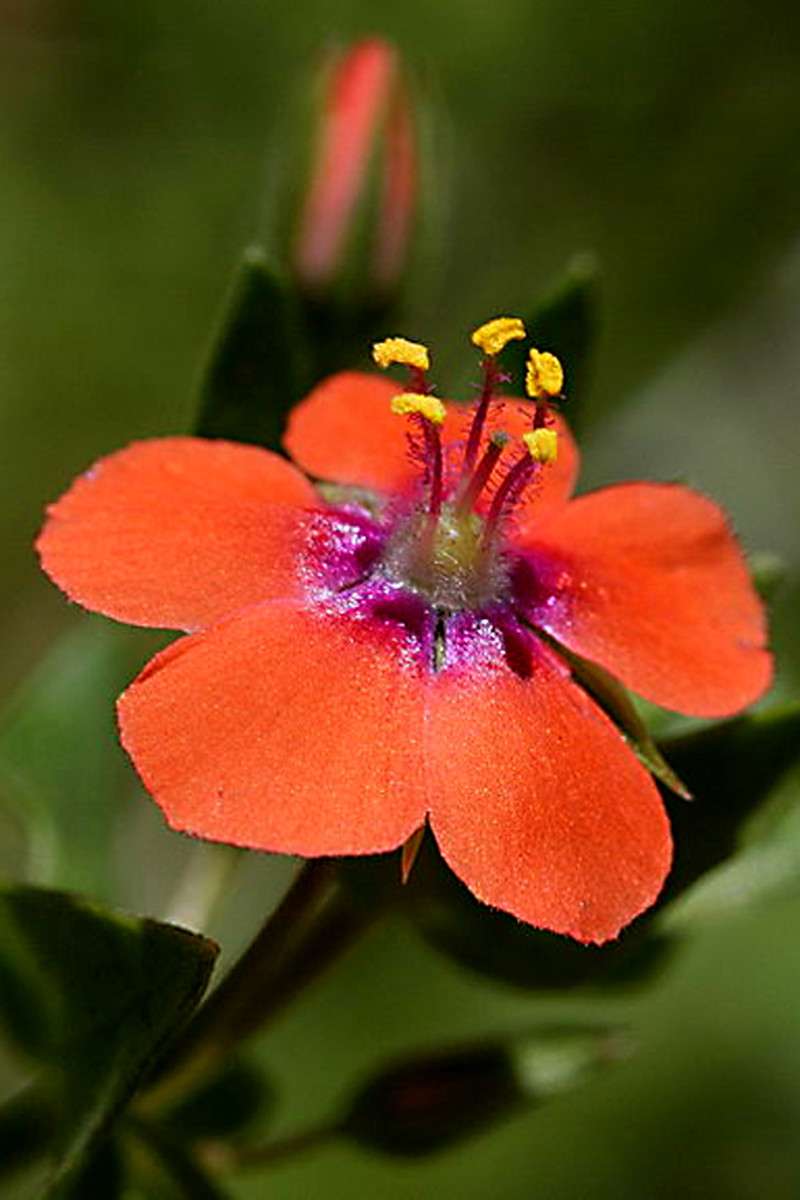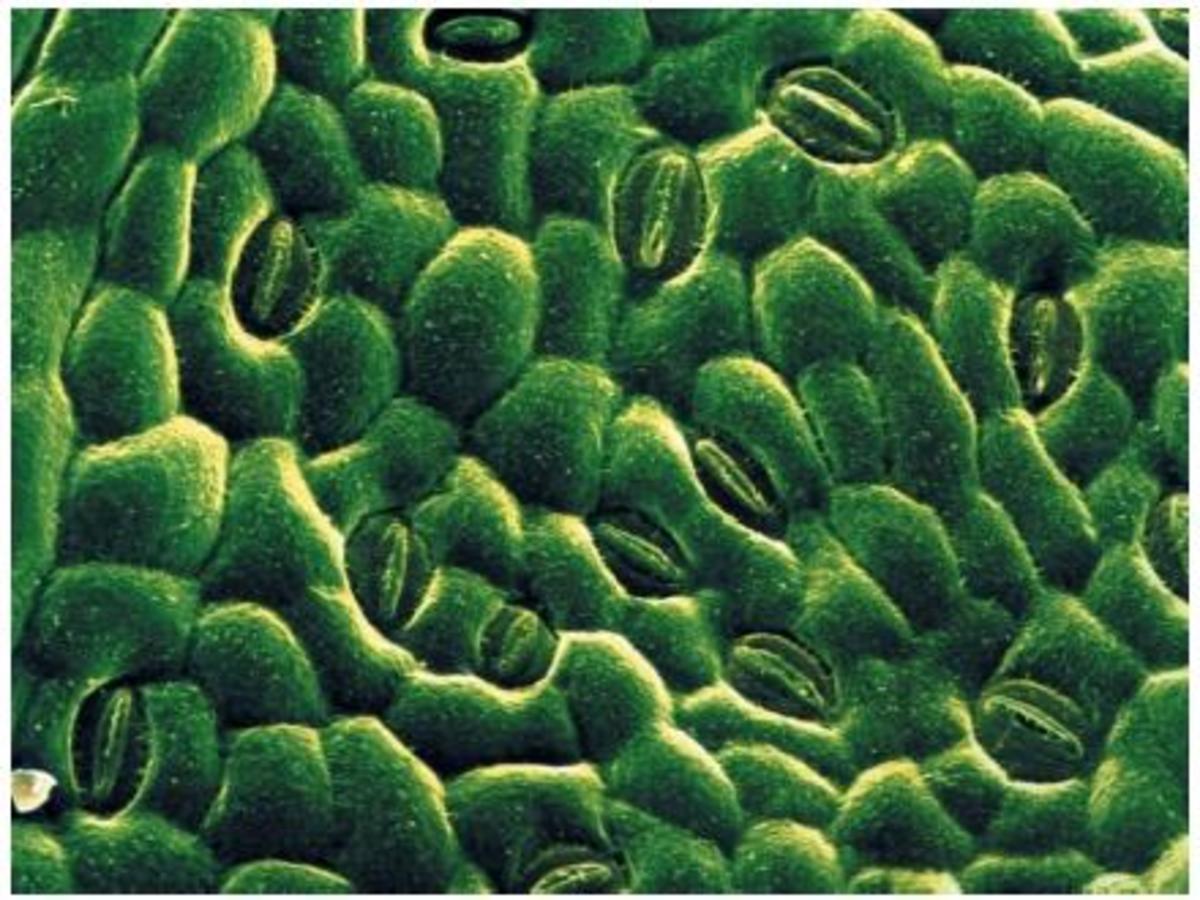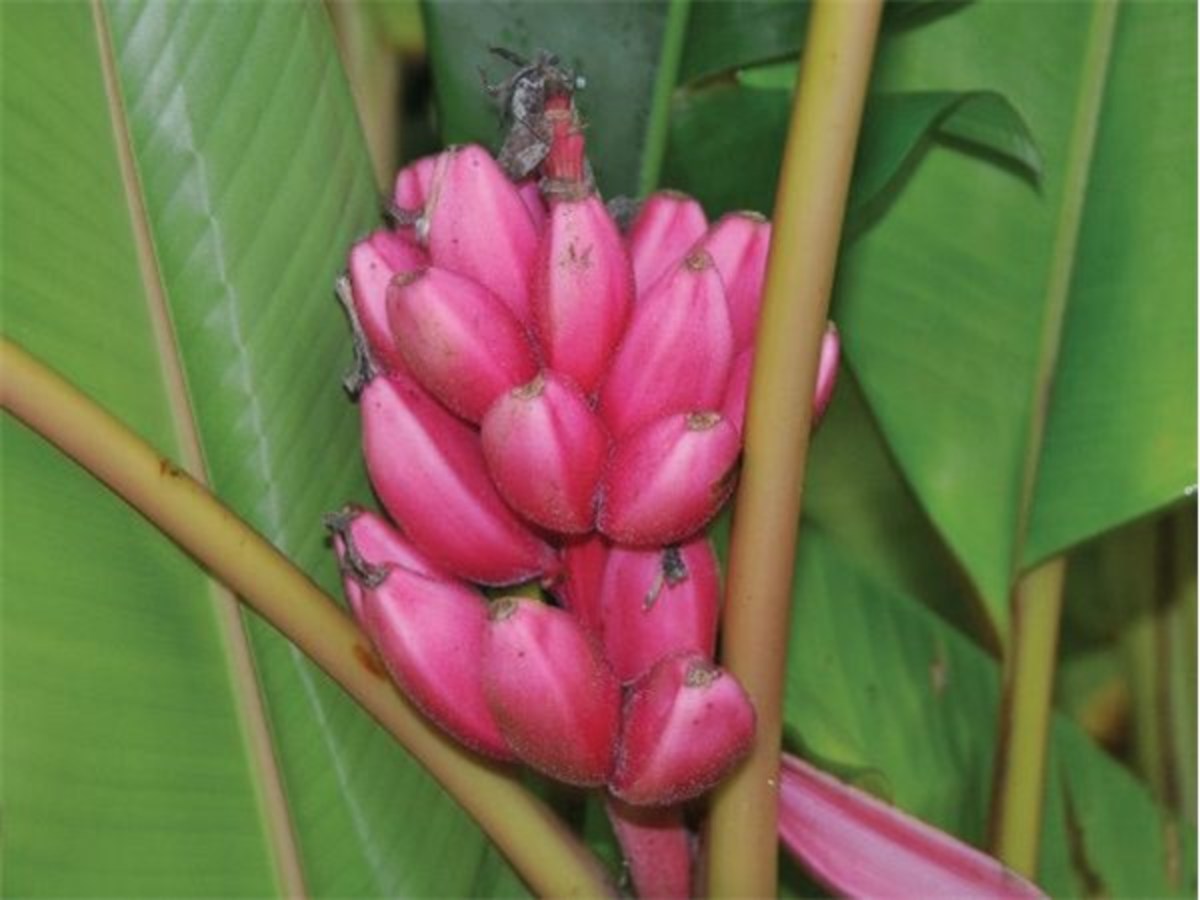How to grow a Jasmine plant in a pot and its best uses.
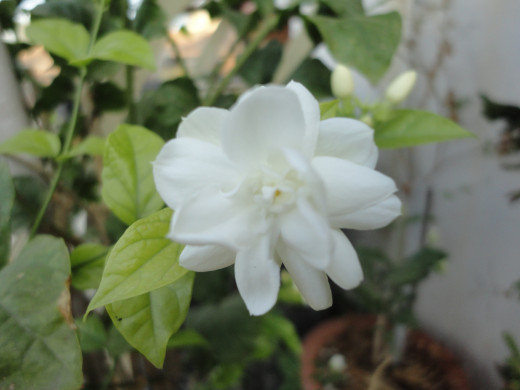
This summer my Jasmine plant is in full bloom, yielding more than 50 flowers in a day in its two years of growth .It makes me really exhilarated by its exotic fragrance all over our place. Jasmine is one of my favourite flower, perhaps, it is a single flower, which is liked by many all over the world .
I love to see its blossoms in the dusky morning and, get whiff of its fragrance as much I could, to start the day fresh . To enjoy this, I ‘ll leave the buds in the plant itself ,to bloom after sunset ,without being plucked . Sometimes I sit and enjoy its heavenly fragrance in the moonlight with cool breeze of summer. The experience will be so enchanting, refreshing without any equals. Here are my best tips to grow this plant in a pot to enjoy its benefits with some of my additional information about this flower.
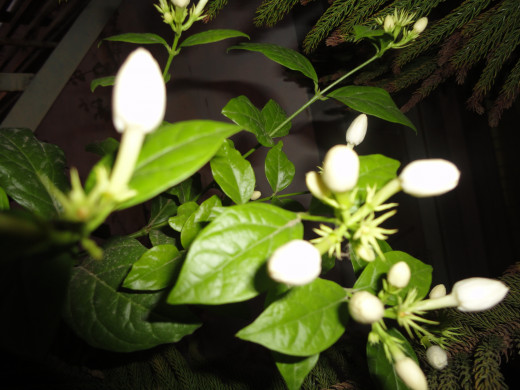
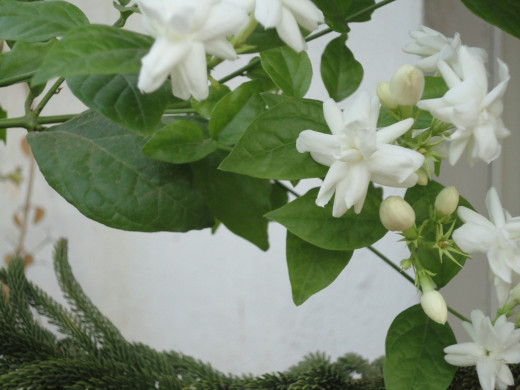
How Jasmine is known in other countries and in other languages.
Arabia-Jasmine
India- Moghra, Mallipoo, Mallikai
Malay, Indonesian Language- Kampupot, Melati Putih
Hawaiian-Pikake
Japanese-Mari
Greek –Fouli
Chinese- Molitua
Persian- Yasmeen
Sinhala –Saman
Thiland- Malila
Turkish-Ful
Urdu –Yasmeen ,Motiya.
Vietnamese-Hoa Nitai
About the plant
Jasmine four as commonly known or Mogara in Hindi is originally from China and Northern part of India to be specific from Himalayan Ranges. The plant is scientifically known as Jasminum sambac belongs to Oleaceae family .
They are known as Jasmine coined from Persian term ‘’Yasmin’’ means fragrant flower .The other names for this flower are Belle of India, Grand Duke, Arabian jasmine, and Grand duke of Tuscany.
It is an evergreen vine or shrub reaching up to 1 to 3 feet tall ,the leaves are ovate, 4 to 12.5 cm long 2 to 3 cm broad. The flowers will bloom all throughout the year and are produced in clusters of 4 to 12 together. They are strongly scented with a corolla of 2 to 3 cm centimetre in diameter with 5 to 9 lobes.
Despite the English common name of Arabian Jasmine ‘’ Jaminum sambac’’ did not originate in Arabia the growing habits of the flower support a native habitat of humid tropical climates and not arid climates of the Middle East. Early Chinese records of the plant points out the origin of the flower from Eastern South Asia . From there, it is introduced to Europe where they are known under common name ‘Sambac’ in the 18th century.
Only a few varieties reproduced by seeds in the wild, cultivated Jasminum Sambac generally do not bear seeds and the plant is reproduced solely by cuttings , layering, and other methods of asexual propagation.
There are three major varieties of this type which differ from each other by the shape of leaves, number of corolla, and flower structure. The three popular types are,
1. Maid of Orleans-possess flowers with a single layer of five oval shaped petals
2. Belle of India-the flowers of this plant have a single or double layers of elongated petals.
3.Grand duke of Tuscany- the flowers are double layered and the flower looks like small white roses and comparatively less fragrant than the other two varieties.
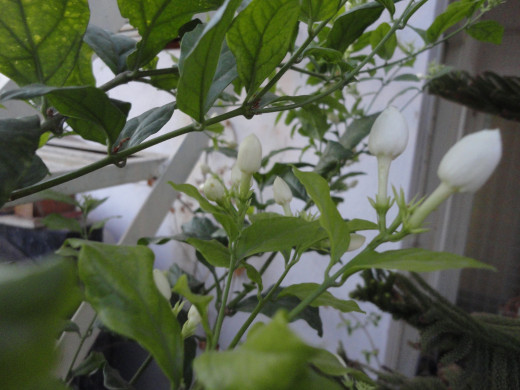
My best tips to grow the Jasmine plant in a pot.
1 Choose the right spot.
- First select suitable spot for yours jasmine plants either in fall or partial sun with a fence post or trellis available to support Jasmine vines as they climb.
- The pot should offer good drainage with one large hole or several small ones. This plant prefer evenly moist soil,
- choosing a cement pot is the ideal option than terracotta or clay pot ,because it prevents drying of top layers of sand quickly in summer.
- Keep freshly potted plant in bright indirect light for a few days as direct sunlight can stress the young sapling.
- Jasmine needs minimum of 6 hrs of sunlight. They grow best in sufficient sunlight, and in cooler months it needs more sunlight.
2.Arrangement
- If you have many pots ,place them with the gap of 4 feet from each other, as they need more space to spread.
3.The soil
- They growth is good in well -drained soil ,that is moist and sandy loam or normal garden soil also suitable for this plant.
4.Fertilizer
- The plant requires a fast draining rich organic potting mix that is slightly acidic or you can substitute high quality house plant mix.
- Apply a general purpose fertilizer once a month from March to November. Avoid adding fertilizer in winter.
5.Watering
- When watering the plant, water the plant until the water comes out through the drainage holes. Then water it again.
- Don’t let the water to stand in the drip tray as it will waterlog the bottom soil and, rotten the roots. Allow the top layer of soil to dry before watering the plant .
- In summer water them twice, as they need more moisture, in cooler months as they don’t need much.
6.Pruning
- Pruning is very important to control the growth and to yield more flowers.Prune the jasmine once it has bloomed.
- Regular trimming will help, encourage the growth of new shoot as new shoots will produce more flowers.
- Pruning should be done in a way, by removing all past season shoots including dead ,dry, diseased branches. Remove the weeds present near the plant and do frequent pruning and pinching the tips of the new shoot ,where all the buds of the shoot bloomed,.
- It is advisable to prune the plants during the last week of November to get flowers in March.
- Young shoots should be tied with the main stem to give a fairly firm support.
- Ideal period to plant them is June to November. The ample time for cultivation are warm summer with good water supply.
- Flowering in jasmine starts in summer or spring usually it takes six months after planting the plant.

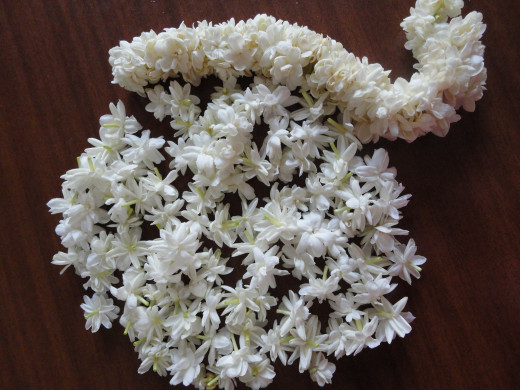
South Indian Bridal Hairdo with Jasmine Flowers
- South Indian Hair Style.flv - YouTube
south indian hair style for fuctions & Marrages
The importance of this flower in India
In India the Jasmine flower has a great significance in religion as well as in perfumes and medicines. The flower symbolises purity , sacredness, graceful, simplicity and sincerity. This flower is considered as the favourite flower of lord Vishnu and they are offered, during religious ritual
These beautiful, exotic flowers are worn by Indian women as an ornament to beautify them. The flower is very durable and stays fresh for a long time even in hot climates and, it continues to release the fragrance for a day, even after being plucked.
It is the most auspicious flower in wedding ceremonies in India where jasmine flower buds that have not fully opened are usually picked up to create strings of Jasmine and garlands.
On wedding day a traditional Indian bride’s hair is adorned with strings of Jasmine as a hairdo to cover the top knot or ‘kondhe’’ or they are left to hang loose from the bridal head or they are stitched on a thick broad leaves in various designs along with different fragrant flowers and hung from the back of the head along the length of the hair’(if the real hair is short false hair is used to adjust the height to the middle of the body .
These hairdos are ready made in the garland selling shops and they are called ‘’jeda or jedhai. Most of the Hindu South Indian brides wear this jeda on marriage day for its sacredness and fragrance.
The Jasmine Jeda making
Making of Jasmine strings and garlands
This flower is used in various forms in India, in making garlands, bouquets, decoration ,religious offering etc. The flowers are generally sold in the form of strings, and garland .
In tying these flowers, various methods are followed depending on its purpose. The strings which are used for simple purpose are tied with basic knot , and the strings of Jasmine,and garlands for special occasions are tied differently to keep them intact for a longer time. Basically there are three types, which are used with little variation from region to region with their own style.
- How To: Indian Flower Tying.wmv - YouTube
Indian Flower tying methods. There are 3 different type of methods. Basic, Kachaparam and Dindu. I am not an expert in tying flowers. I have seen a few video...
Jasmine garland Making
Jasmine cultivars in India
The Jasmine flowers are also used for production of Jasmine concrete which is used in cosmetics, and perfumery industries.
Though there are more than 80 species are found in India in which only three species are used for commercial cultivation .
They are Jasminum Sambac,(commonly known as gundumalli or Madurai malli) J.auriculatum(mullai) ,J.grandiflorum (jathimalli or pitchi) .The first two species are cultivated for commercial selling where the last one for concrete extraction.
Tamilnadu is the leading producer of Jasmine in the country with an annual production of 77247tonnes from the cultivated area of 9360 hectares.
The flowers produced from the state are being exported to neighbouring countries like Srilanka, Singapore, Malaysia, and Middle East countries. The major Jasmine producing districts of Tamilnadu are Dindukal, Salem, Madurai, Tirunelvelli, Virudunagar, and Trichy.
Which is your favourite Jasmine variety?
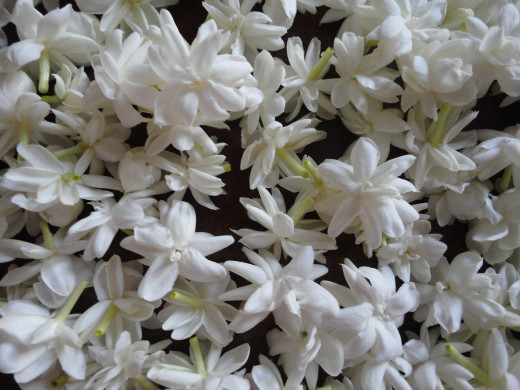
The general uses of Jasmine
Jasmine flowers are mentioned as Mallikaa, shitabhiru, Vaarshiki in Ayurvedha.
The flower essential oil ,leaves,and the roots of this evergreen plant are widely used in Ayurveda, healing for treating eye problems, headaches, Epilepsy, Ulcer, Insanity, Fever, Leprosy, Vomiting, Glactorhea,Impotency, wounds and itches, and some of the skin problems
The traditional Indians use the fresh juice of ground flowers in treating sores, itching, and wounds. Fresh jasmine flowers are used in making ceremonial garlands as offerings to god in India ,Indonesia and philippines. Jasmine flowers are worn as hair ornaments by Indian women for its natural aphrodisiac, euphoric, sensual properties.
In China the roots are used to cure severe pain, headache, Insomnia, pain, and inflammation due to broken bones,or dislocated joints, mainly attributed to the analgesic, anti-inflammatory, and anesthetic properties of the aromatic shrub. The dried jasmine flowers are used in making herbal tea in China.
It is also been used for culinary purposes to make, teas, puddings, dessert, liquors, and dairy products. It is widely used in aromatherapy especially in candles.
Health benefits of Jasmine Tea
Jasmine Oil
It requires about 8000 jasmine flowers to extract 1ml of its essential oil, which makes Jasmine oil as one among the most expensive oil in the world.
- The major chemical constituents of Jasmine oil are 3-hexanyl acetate, benzyl acetate,methyl antranilate, benzyl alcohol, hexanol, Linalool, methyl salicylate and benzyl benzoate.
- The oil is known as antidepressant,antibacterial,analgesic, anesthetic,anti-inflammatory,antispasmodic, sedative,,antiseptic, expectorant,, carminative, uterine tonic,Cicatrisant, uplifting,stimulating, lactifuge, and anti carcinogenic properties.
